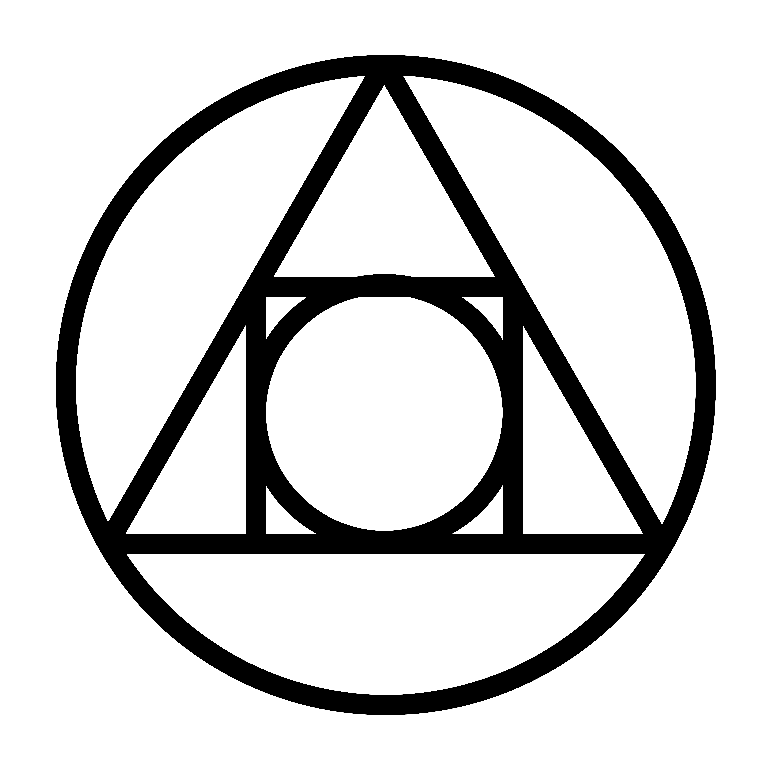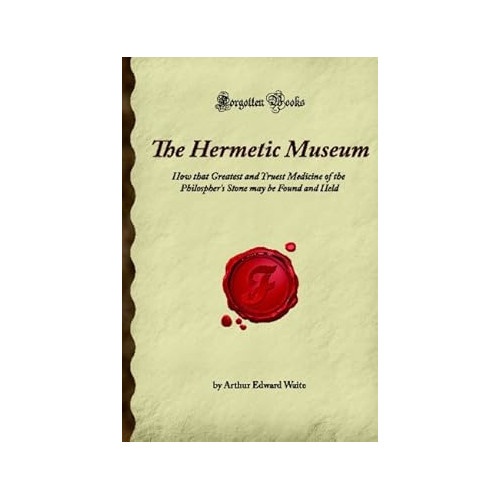Editor: A. E. Waite
This is a fantastic collection of centturies old alchemical texts orignally published in Latin in 1678.
The consistency of the message is amazing considering the timespan and the variety authors invovled.
This is a great read for anyone who isl earning about Alchemy as is explains clearly the concepts behind the Philosopher’s Stone and why it works in terms of it following rules of nature understood by the Alchemst.
It’s coded and full of alegorical tales while also remaing consistent in it’s theme.
Review: The Hermetic Museum
First issued in Latin in 1678 and later translated into English under Arthur Edward Waite’s eye, The Hermetic Museum: How that Greatest and Truest Medicine of the Philosopher’s Stone may be Found and Held remains one of the most intriguing gateways into Western alchemy. Its promise is audacious — to show how the Stone itself may be “found and held” — but its gift is subtler: a theatre of allegory, parable, and doctrine through which the adept learns not a recipe but a worldview.
The twenty-two tracts collected here form a gallery of the alchemical imagination. The Golden Tract sets down the central dogma of one matter, triply composed of sulphur, mercury, and salt. The Sophic Hydrolith and The Golden Tripod unfold in emblems and parables, veiling their chemistry in drama. The Book of Lambspring sketches animal allegories of inner conjunction, while An Open Entrance to the Closed Palace of the King strips away much of the obscurity and speaks with uncommon clarity. What binds them is a conviction that Nature’s own processes — fire, dissolution, renewal — mirror both the work in metals and the work in the soul.
If legend and apocrypha sometimes blur the historical record, the Museum nonetheless preserves a distinctive current of seventeenth-century adept literature. It is less a manual of laboratory practice than a moral and imaginative treasury, insistent that humility, secrecy, and divine grace are as essential as any furnace or crucible.
For the modern reader, its value is twofold: as a milestone in the history of chemistry, and as a symbolic mirror in which artists, psychologists, and seekers still find themselves reflected. The Hermetic Museum does not hand us the Philosopher’s Stone, but it preserves the atmosphere in which such a quest could be imagined — solemn, perilous, and endlessly alluring.
Here is a description of the book from the publisher of my copy:
“Book Description:
This is a collection of real alchemical tracts translated into English, all concerning the making of the Philosophers’ Stone. You can be sure that no tracts in this collection are fraudulent. As you read, each text will compliment the others to give you another piece of the puzzle, which will in turn help you to decode the cryptic language of the alchemists.
This book is a perfect introduction for anyone seriously interested in alchemy as there is no interpretation, leaving you to make up your own mind; as it should be.
List of Contents:
Publisher’s Preface; Preface To The English Edition; Preface To Latin Original; Volume I.; The Golden Tract Concerning The Stone Of The Philosophers; The Golden Age Restored; The Sophic Hydrolith; A Demonstration Of Nature; A Short Tract Or Philosophical Summary; The Only True Way; The Glory Of The World; Or, Table Of Paradise; A Tract Of Great Price Concerning The Philosophical Stone; The Book Of Alze; The Book Of Lambspring; The Golden Tripod; Volume ii.; Believe-me, Or The Ordinal Of Alchemy; The Testament Of Cremer; The New Chemical Light; New Chemical Light; An Open Entrance To The Closed Palace Of The King; A Subtle Allegory Concerning The Secrets Of Alchemy; The Three Treatises Of Philalethes; The Metamorphosis Of Metals; A Brief Guide To The Celestial Ruby; The Fount Of Chemical Truth; Helvetius’ Golden Calf; The All-wise Doorkeeper Or A Fourfold Figure; Addendum”
Like most alchemical tests this book in it’s entirety is available to read online for free as are most of the individual books which are found within the collection.
I am particularly fond of several texts here, including The Glory Of The World, The Book Of Alze; The Book Of Lambspring, The New Chemical Light; New Chemical Light; and An Open Entrance To The Closed Palace Of The King.

